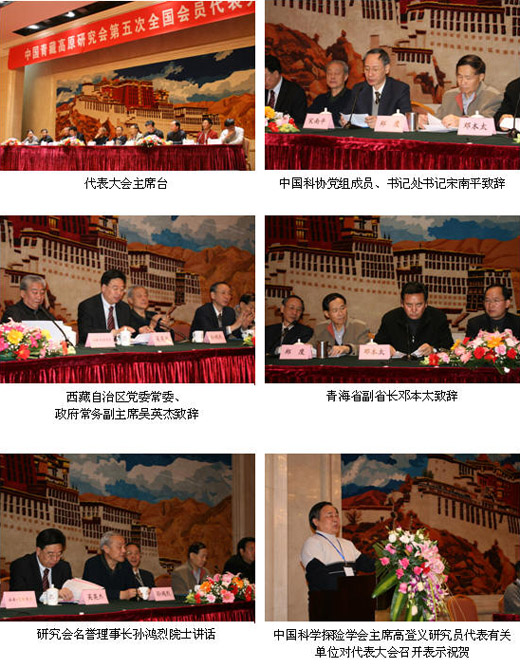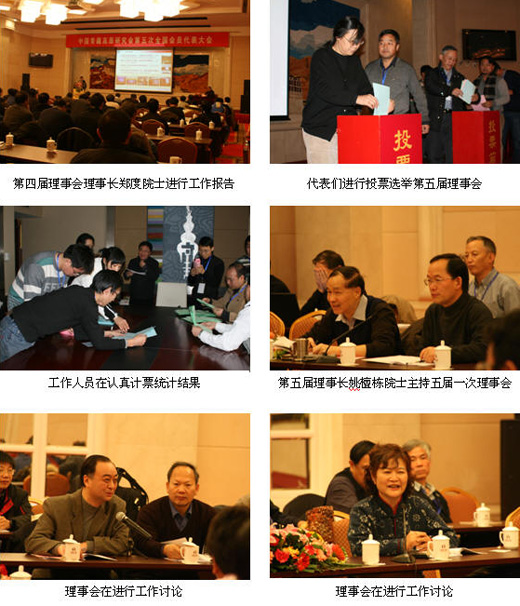| News |
| Latest news | |
| Int’l Cooperation activities | |
| Events & Announcement | |
| Recent Activities |
| Location: Home>News>Latest news |
| China Society on Tibet Plateau met for further development |
On Dec. 23 to 24, 2008, the fifth national representative committee of the China Society on Tibet Plateau (CSTP) was held in Beijing, attracting over 140 CSTP members nationwide. Prof. Zheng Du, director-general of the fourth council presided over the opening ceremony, which witnessed the speeches by Dr. Song Nanping, member of the CP directorship of Chinese Association of Science and Technology, Wu Yingjie, Vice Chairman of the Tibet Autonomous Region, Luosang Lingzhiduojie, Deputy Director of the People’s Congress of the Gansu Province, Deng Bentai, Vice Governor of the Qinghai Province, and Prof. Sun Honglie, honorary director-general of CSTP. During the session, several work reports were presented to the participants, including the work report by Prof. Zheng Du on the achievement during the leadership of the fourth council, and proposition of revision of the CSTP membership rules by Prof. Zhu Liping, who also reported on the profits and expenditures during the leadership of the fourth council.
To further push the development of the society, a new council was formed during the session, electing Prof. Yao Tandong as the new director-general of the fifth council with Prof. Sun Honglie remaining the honorary director-general of the CSTP. Meanwhile, seven more scientists were elected as the deputy director-general including professors Cheng Shengkui, Ge Le, Hou Zengqian, Ma Shengjie, Pan Baotian, Xie Yuan, and Zhang Renhe.
Evolving around the popular scientific issues in the study of Tibetan Plateau, professors Xu Xiwei, Qin Kezhang, Ding Yongjian, Zhao Xinquan, Luorongzhandui, and Long Ruijun presented during the session academic reports, respectively, on ‘study of Wenchuan earthquake and its possible causations,’ ‘third porphyry copper deposit on the Tibetan Plateau’, ‘reaction of cryospheric environment to climate change in China,’ ‘status quo of grassland degradation, its causes and sustainable development in the origin of Yangtze River, Yellow River and Lancang River,’ ‘strengthening of the soft power and its significance to Tibet stability and development,’ and ‘study of grassland agriculture on the Tibetan Plateau’.
|


